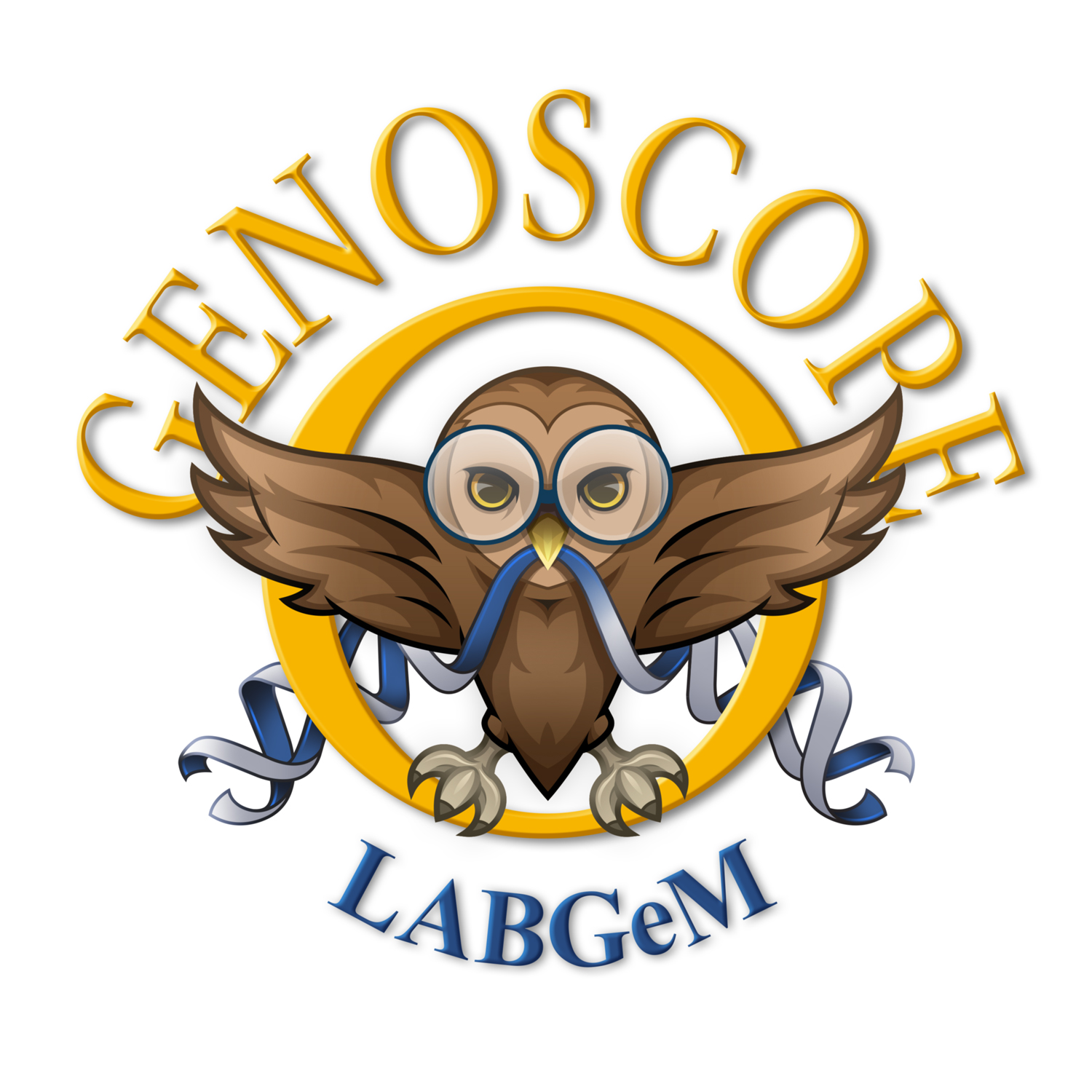An international consortium coordinated by the Marine Glycobiology team (UMR8227 – CNRS/UPMC) has just published the discovery of the complete system for the utilization of carrageenans, sulfated polysaccharides which are a major component of the cell walls of red macroalgae. Using a combination of biochemical, crystallographic, transcriptomic, genetic and bioinformatics techniques, this complex system has been characterized on an unprecedented scale within the field of marine biology. This is a major advancement towards understanding the molecular mechanisms governing the carbon cycle in coastal ecosystems. It is also a breakthrough for blue biotechnology and in particular the valorization of algal biomass.
Carrageenans are the major component of the cell wall of red macroalgae. These sulfated polysaccharides have been widely used for over 70 years in various industries for their gelling and texturizing properties. Carrageenans and their derived oligosaccharides have promising potential as bioactives (antiviral, anticoagulant, immunomodulator, etc.). Ecologically, these polymers are an enormous source of nutrients in coastal ecosystems, particularly for heterotrophic marine bacteria that are key players in the recycling of organic matter in the oceans; however, the mechanisms of microbial degradation of algal polysaccharides remain largely unknown.
In this context, an international consortium, coordinated by the Marine Glycobiology team (UMR 8227) and involving teams from INRA, CEA-Genoscope-UMR8030, and an American and Australian team, have just published the discovery of the complete catabolic pathway of carrageenan in the marine model bacterium Zobellia galactanivorans. Through a combination of biochemical, crystallographic, transcriptomic, genetic and bioinformatic approaches, this complex biological system has been characterized on an unprecedented integrative level in marine biology. The functions of no less than 17 new proteins were thus resolved during this Homeric work. This article also made it possible to amend the notion of a “Polysaccharide Utilization Locus” (PUL). This last result has a general scope, the study of PULs becoming a hot topic in recent years in understanding the host-pathogen interaction in plants and within the biomedical field.
References:
Ficko-Blean E, Préchoux A, Thomas F, Rochat T, Larocque R, Zhu Y, Stam M, Génicot S, Jam M, Calteau A, Viart B, Ropartz D, Perez-Pascual D, Correc G, Matard M, Stubbs KA, Rogniaux H, Jeudy A, Barbeyron T, Médigue C, Czjzek M, Vallenet D, McBride MJ, Duchaud E, & Michel G (2017) Carrageenan catabolism is encoded by a complex regulon in marine heterotrophic bacteria. Nature Communications, 8, 1685. doi:10.1038/s41467-017-01832-6
Comment in Nature Microbiology : (« behind the paper »): https://naturemicrobiologycommunity.nature.com/users/68108-elizabeth-ficko-blean/posts/22214-perseverance-pays-off

